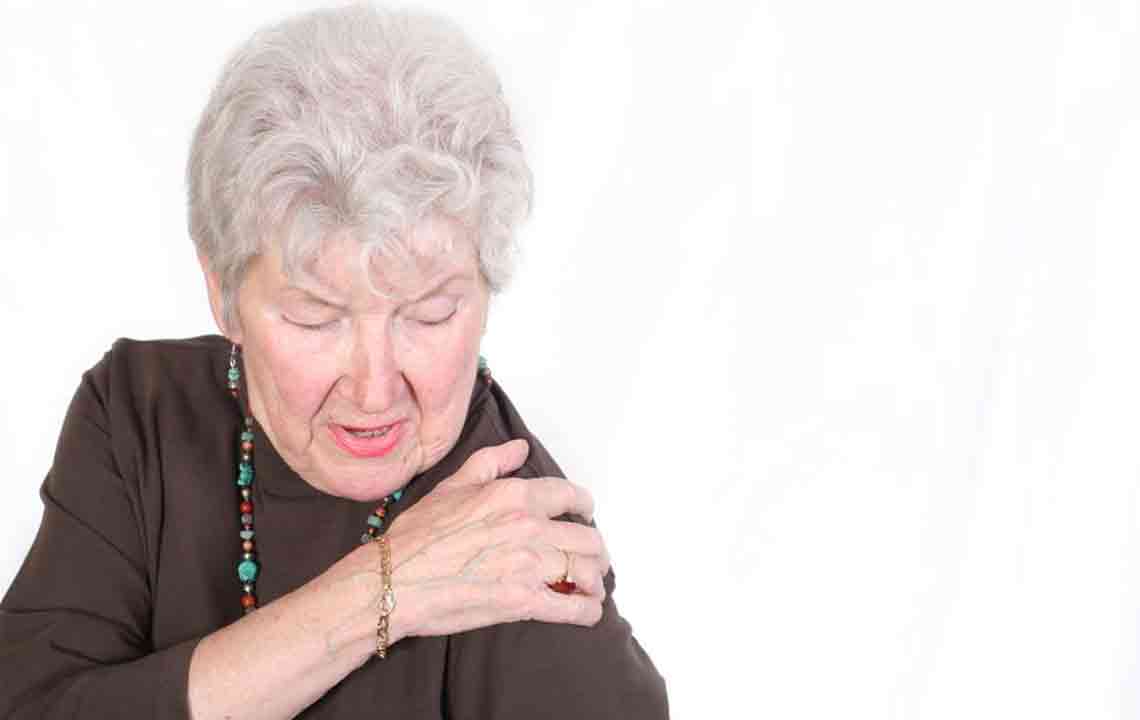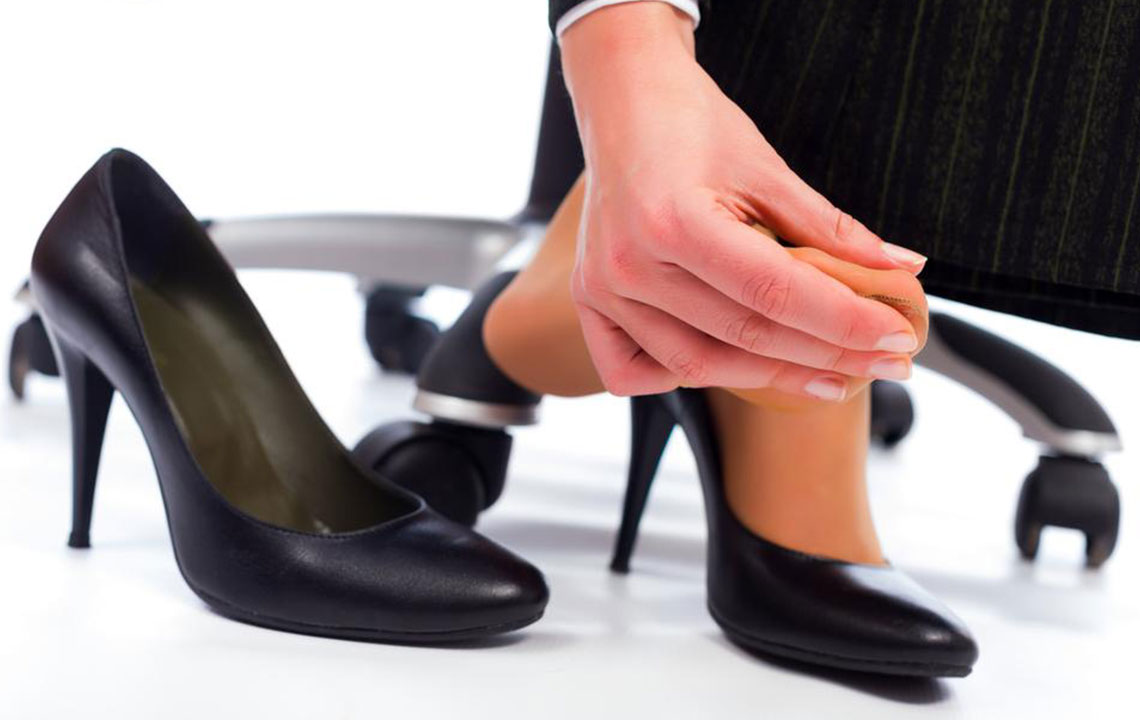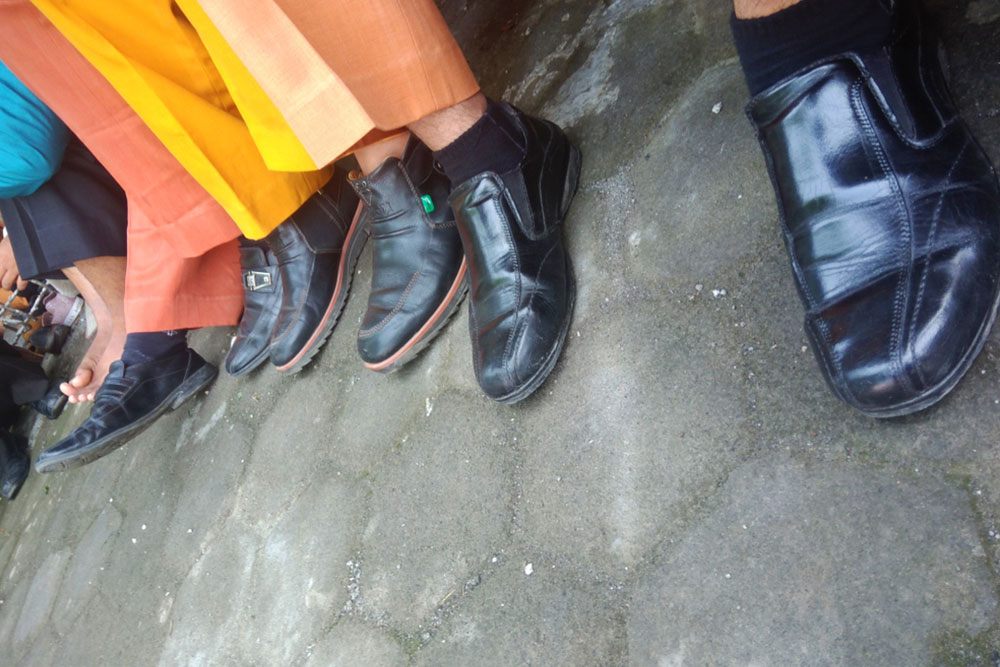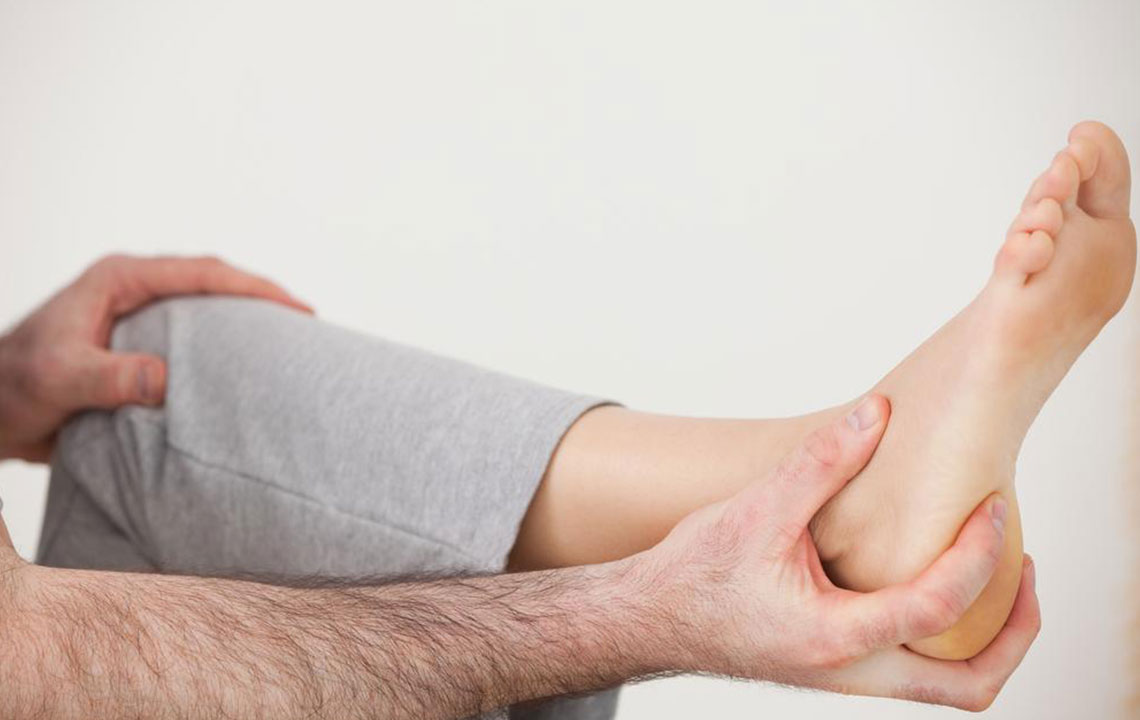Comprehensive Guide to Managing Foot Pain Caused by Fibromyalgia
Fibromyalgia can cause persistent foot pain, impacting mobility and daily life. This comprehensive guide provides strategies like supportive footwear, orthotic insoles, and physical therapies to reduce discomfort. Proper management can help sufferers maintain an active, comfortable lifestyle despite ongoing symptoms. Understand the causes, differentiate from arthritis, and explore effective techniques to alleviate foot pain associated with fibromyalgia for improved well-being.

Understanding and Effectively Managing Foot Discomfort in Fibromyalgia Patients
Living with fibromyalgia is an ongoing challenge that impacts many aspects of daily life. This chronic disorder is characterized by widespread muscle pain, stiffness, tenderness, and fatigue, which can make simple activities like walking or standing incredibly difficult. Among the various symptoms, foot pain can be particularly debilitating because the feet bear the entire weight of the body, amplifying discomfort and limiting mobility. Although there is currently no cure for fibromyalgia, effective management of symptoms, especially foot-related issues, can greatly improve quality of life and help individuals maintain an active lifestyle. This comprehensive guide aims to explore the causes, symptoms, and practical strategies to reduce foot pain caused by fibromyalgia, enabling sufferers to live more comfortably and confidently despite their diagnosis.
When fibromyalgia impacts your feet,
the widespread muscle and joint pain can significantly impair walking, standing, and general mobility since the feet support the entire body's weight. Foot pain is a prevalent symptom among fibromyalgia patients, often making routine movements uncomfortable and challenging. Managing this pain is essential not only to preserve mobility but also to sustain independence and improve overall quality of life.
Strategies for Alleviating Foot Pain in Fibromyalgia Patients
Foot discomfort related to fibromyalgia tends to be unpredictable, often persisting regardless of whether one is sitting, standing, or lying down. Such persistent pain can resemble restless leg syndrome, especially during mornings, and can be aggravated by inactivity. Both static positions, like standing or lying down, can heighten the discomfort—standing may cause throbbing sensations, while lying down could trigger nerve pain radiating through the ankles, calves, and knees. The structure of the foot also plays a role; individuals with high arches or flat feet may experience intensified symptoms, requiring tailored interventions to address their specific needs.
Effective management strategies include:
Minimize the use of restrictive or uncomfortable footwear whenever possible
Choose comfortable, well-supported shoes and rotate them daily to prevent strain
Utilize custom orthotic insoles designed to provide additional arch support and cushioning
Break in new shoes gradually to avoid sudden increases in pain
Women are advised to avoid wedge sandals and high heels, as these can exacerbate toe and foot discomfort
Additional techniques that can help alleviate foot pain include:
Practicing myofascial release with tools such as tennis or massage balls, or receiving professional reflexology treatments
Wearing copper-infused compression sleeves around the ankles and feet to enhance circulation and reduce swelling and discomfort
It is crucial to distinguish fibromyalgia-induced foot pain from arthritis. Unlike arthritis, which involves progressive joint degeneration, fibromyalgia primarily affects muscles, tendons, and soft tissues without causing permanent joint damage. Additionally, fibromyalgia overwhelmingly affects women, constituting about 90% of cases, likely due to hormonal influences and differential immune responses. Although the exact cause of fibromyalgia remains uncertain, adopting appropriate management techniques—such as physical therapy, medication, lifestyle adjustments, and alternative therapies—can help patients lead more comfortable, active lives despite ongoing symptoms.





